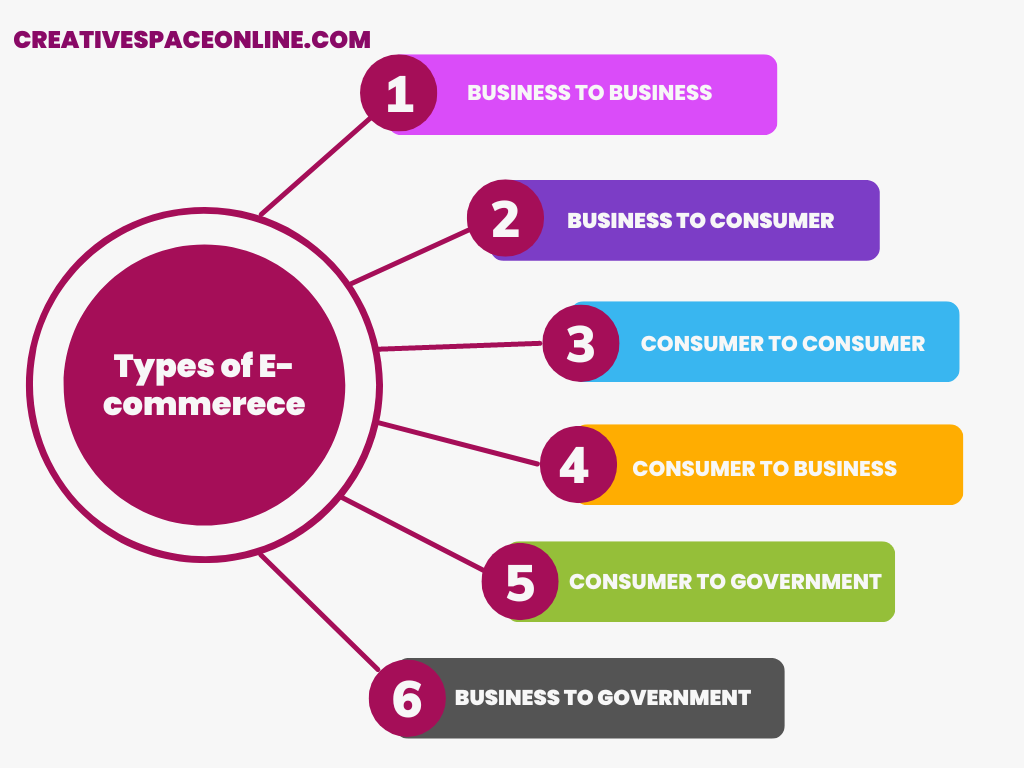E-commerce means buying and selling tangible products and services by building an online platform.
Over the last two decades, the use of e-commerce has increased, and the sale of products and services appears to have increased as a result of e-commerce adoption.
Gradually, the consumer experience changed. Their wants, needs, and spending capacity were the primary reasons for it.
People used to spend money on basic needs and desires. However, consumer needs change over time. Meanwhile, the market has moved online.
In the United States alone, there are approximately 9.5 million e-commerce websites in operation. There are currently 36.3% of e-commerce sites in the world.
In addition, every day new e-commerce sites are open. Every business is in the relay race of taking their firms to the new sky.
So, let’s understand how e-commerce became so useful and when it all started.
History of e-commerce
Most of you have heard of and are familiar with eCommerce. You may have purchased products in the past. However, you may be unaware that the eCommerce you are familiar with has a long history.
Few people are aware that it has a long history dating back to before the internet in the 1960s.
It was the era when businesses transferred documents using electronic systems, also known as electronic data transfer.
Furthermore, it wasn’t until 1994 that the first CD trade occurred, which involved the sale of CDs via an online retail site called Netmarket.
Gradually, the adoption of ecommerce started just like computer technology. So far, the companies like Amazon, Alibaba, and e-bay created a large marketplace to deliver a whole new experience to the consumer.
With the changing times, new technology helped to upgrade the e-commerce experience by enabling it into mobile devices and by downloading apps.
Meanwhile, the introduction of free shipping which decreases the cost for consumers increased the usage of e-commerce.
As a result, now It becomes a matter of a few taps in the app or website to buy and sell the product and services using e-commerce.
Types of e-commerce
There are mainly four types of ecommerce but here we have also included a new type which is business to government and consumer to government. So let’s go deep down and understand all six points.

#1 Business to Business ecommerce (B2B)
The goods and services can also be sold out to another business that is parallel to your industry. For instance, cheap manufacturers sell the product to mobile brands as well as computer or laptop brands.
Here the selling of products and services business to business is carried out through e-commerce.
#2 Business to-Consumer ecommerce (B2C)
Well, most of the retail e-commerce sites were built with the aim to carry out business-to-consumer sales. The companies create their store online and display all the products on the website.
In addition, consumers who are seeking to purchase a particular product visit the online store and buy it by adding it to the chart and paying the required amount. Businesses can sell all types of products and services including healthcare medication, clothing, and other products.
These all sales process was leys from the business to the end consumer.
#3 Consumer to Consumer ecommerce (C2C)
With the assistance of a digital marketplace where consumers can sell their own products by listing them, consumers can execute their own sales to other consumers.
For instance, Amazon has a marketplace where customers can sell their own products. You may be unaware that Amazon offers consumer-to-consumer services in which third-party sellers offer new or used items.
However, The C2C platform enables customers to buy and sell their own products without the need for a company.
#4 Consumer to Business ecommerce (C2B)
The myth of only businesses selling to consumers is no longer now. Because modern platforms enabled with technology allows consumers to connect with different companies and sell their specific services to them.
For instance, the freelancer who uses a platform such as Upwork interacts with companies that need a particular job to be done. This also creates an opportunity for a consumer to enhance their skills and build their firm later on.
#5 Consumer to Government ecommerce (C2G)
The government is also taking a bite of e-commerce advantages. Using e-commerce, it becomes easy for the government to connect with the people of the nation.
And enable government services to them. It is easy to deliver government services using an e-commerce website.
For instance, the tax-paying system has now become online as well. An individual can pay their taxes and school fees through the e-commerce website.
#6 Business to Government ecommerce (B2G)
Some government contracts or projects give an opportunity to businesses to provide them with particular services or products similar to B2B partnership
For instance, the government places a requirement for export companies to carry out the supply of goods from one country to another.
However, business-to-government e-commerce companies must fulfill the requirement for specific product or service criteria. In addition, private companies do have a stack in the government companies as well.
Advantages and disadvantages of e-commerce
Before starting an e-commerce website one should be aware of the advantages and disadvantages of e-commerce. It might help you to understand whether e-commerce aligns with your business strategy or not.
Advantages of e-commerce:
- E-commerce allows businesses to reach a global audience.
- It also lowers transaction costs by keeping the supply chain running.
- E-commerce helps in scaling the business and increasing revenue and profit.
- It is simple for a consumer to buy all of their required products and services in one location by sitting in their comfort zone.
- Customers can save time by using e-commerce services. And apart from that, it is convenient for the consumer. A customer can purchase 24 hours a day, seven days a week.
- E-commerce also enables businesses to connect directly with their customers without the use of intermediaries.
Disadvantages of e-commerce:
- Setting up an e-commerce website is extremely expensive. This could make it difficult for small businesses to expand their operations online.
- Even today e-commerce has a high risk. Many business users participated in the dot com boom of the 2000s. The wave is still active today.
- When it comes to purchasing a product, security concerns are always at the top of the list. Unless the website or platform is untrustworthy.
- One of the most difficult challenges for e-commerce businesses is maintaining services. If there are delivery delays or problems with the shipment, it may result in a negative customer experience.
Future scope of e-commerce
E-commerce brings large opportunities for millions of businesses worldwide and it is estimated that more e-commerce websites would be created in the near future.

However, the spending of consumers is also going to increase in the future. “The United States is the second largest market of e-commerce with revenue of US$599.2 billion in 2021.”
While these trigger new businesses to expand their wings by setting up their online store and scaling it up.
Sum it up
Although, e-commerce is the best approach to reach out to your target audience and if maintained valuable experience can also be delivered to the customer which increases the brand equity.







